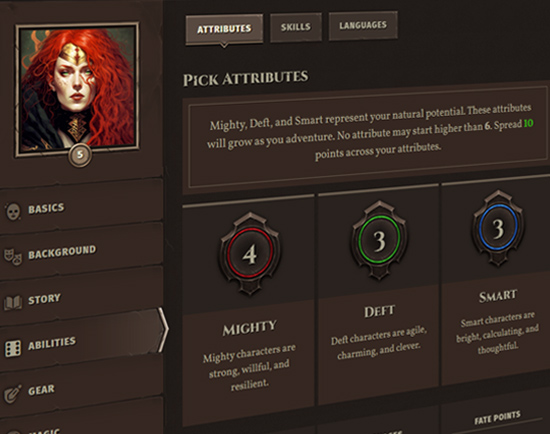"Splitting the party" means some of the PCs are off doing one thing separated by time and/or space from the others. This can be problematic because it means you now have two parties in two different scenes (or parts of a scene) but only one GM, and so inevitably one half of the table has to sit around idly while the spotlight moves back and forth between players in the other half.
Sometimes splitting the party is inevitable, and you should not discourage tables from doing so purely to avoid the situation described above.
In general, the solution to a split party is to offer a simultaneous perspective where you alternate the spotlight between groups by the number of actions PCs take within the group, even if they're separated by abstract time.
Simultaneous Perspectives
For example, if one party is exploring the basement, let each PC in that party take an action, then switch back upstairs and let each PC up there take an action.
Or, if one party is embarking on a journey into a dark cave to locate an artifact and the other is canvassing an abandoned monastery for clues, you can do the same rotation of the spotlight between parties, and it will feel as though they are both exploring a single scene.
No matter what approach to splitting the party you choose, never spend more than five minutes at a time with either party. You want to proactively move the spotlight between them as you would between individual players.
 Archetypes
Archetypes Armor
Armor Classes
Classes Conflicts
Conflicts Cultures
Cultures Ethos
Ethos Flaws
Flaws Glossary
Glossary Kits
Kits Maleficence
Maleficence Origins
Origins Shields
Shields Skills
Skills Spells
Spells Stances
Stances Status Effects
Status Effects Tactics
Tactics Talents
Talents Techniques
Techniques Treasure
Treasure Weapons
Weapons













 Hall of Heroes
Hall of Heroes Hall of Legends
Hall of Legends



 Dungeons & Flagons
Dungeons & Flagons